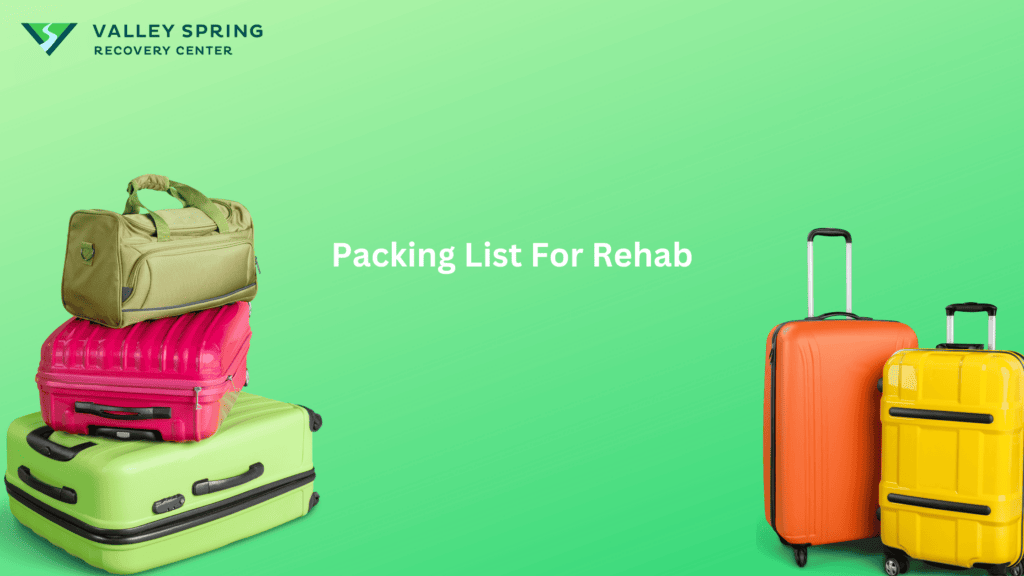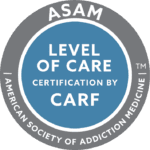Preparing for a stay at a drug rehabilitation center is a significant step towards recovery, but it can also be a time of uncertainty, especially when it comes to knowing what to pack. Just like technical analysis in the financial markets provides a framework to understand and predict market behavior, knowing what to bring and what to leave behind for a rehab stay can greatly influence the effectiveness and comfort of your treatment experience.
In drug rehabilitation, the focus is on healing and recovery, which requires an environment free from distractions and triggers. This article will guide you through the essential items to pack that support a therapeutic and safe recovery journey. You’ll learn about the importance of comfortable clothing, personal hygiene products, and what personal items are permitted in a rehab setting.
Conversely, it’s equally vital to understand what should be left at home. Prohibited items often include electronics, certain medications, and items that could be detrimental to the recovery environment. By clearly delineating what to bring and what to avoid, this article aims to prepare you for a focused and successful rehab experience, ensuring that your stay is as comfortable and effective as possible.
What Should You Bring With You To A Drug Rehab Center?
First and foremost, space is limited, so stick to one carry-on suitcase and an overnight bag. For your clothing, aim for five to seven days’ worth of casual attire. Don’t worry about the short clothing list; laundering services are provided at no additional cost. Dry-cleaning services can be availed for an extra charge. Below is a more detailed breakdown of acceptable clothing and other essential items:
- Clothing Guidelines:
- Yoga pants and leggings are allowed but must be paired with a long shirt.
- Men should bring swim trunks that are mid-thigh length or longer and have liners.
- Women should opt for one-piece bathing suits that offer full coverage.
- Athletic shorts are allowed but should be worn only for recreational activities.
- Footwear: Comfort is crucial; thus, rubber-soled shoes or sneakers are recommended.
- Personal Items: Bring toiletries like shampoo, conditioner, soap, toothbrush, and toothpaste. Remember, products should be sealed and unscented.
- Essential Documentation: Don’t forget your picture ID, insurance, and prescription cards. Also, have your physician and emergency contact information handy.
- Miscellaneous: Sunglasses for outdoor use, pajamas, a small backpack or tote, and a journal for personal reflection are recommended.
What Should You Leave At Home?
As important as knowing what to pack is understanding what items are strictly off-limits:
- Prohibited Items:
- Alcohol, drugs, and contraband of any kind.
- Personal products containing alcohol like perfumes and mouthwash.
- Non-approved tobacco products and electronics.
- Inappropriate Clothing:
- Avoid clothing that could be considered provocative or features non-recovery-oriented slogans.
- No tight or saggy pants.
Bring A Good Attitude To Treatment
The importance of bringing a good attitude and willingness to rehab cannot be overstated. These mental dispositions serve as invaluable assets that amplify the effectiveness of treatment, facilitate a deeper level of engagement with therapy, and cultivate a more supportive and positive environment for all involved. A positive mindset often translates to a willingness to embrace new coping mechanisms, skills, and lifestyle changes crucial for lasting recovery. Moreover, this approach enriches the overall community dynamic, enhances family support, and paves the way for a comprehensive and meaningful rehabilitation experience. Therefore, as you prepare for your journey toward sobriety, make sure that you pack enough clothes, but don’t forget that your attitude is not just an added bonus, but an essential component of successful addiction treatment.
FAQs
How much clothing should I bring?
Given the limited closet space, it is recommended to bring five to seven days’ worth of casual clothing. You are able to do your own laundry at most centers.
Can I bring my own food or snacks?
No outside food or drinks are allowed in rehab. However, there are a variety of different foods that you can eat in rehab and a variety of meal options that cater to specific dietary needs.
Can I Bring Valuable Items With Me To Rehab?
For security reasons, it’s advised to leave personal valuables at home. The facility’s staff will secure small items such as your cell phone and wallet, which will be returned to you upon discharge. Adherence to these guidelines is crucial for a seamless transition into the treatment facility. If you are attending Valley Spring Recovery Center, Consult with staff for any exceptions or special requests; they will have the final say on the appropriateness of all items.
Ben Fisher
All author postsShare This Post










